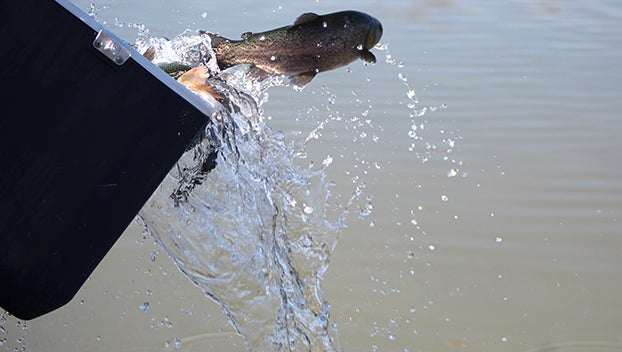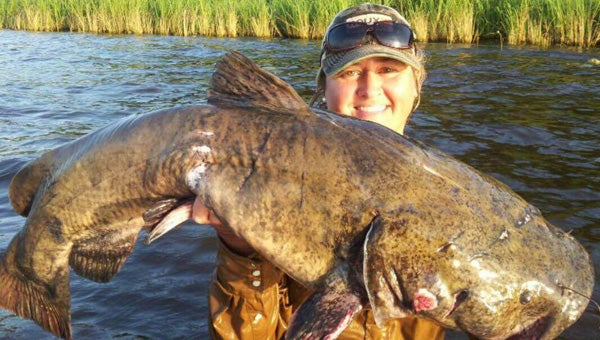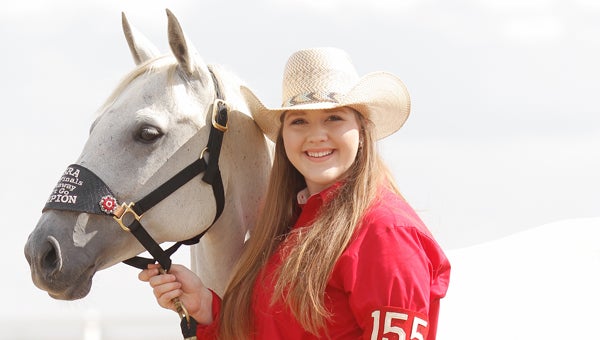River level dropped too low, need a rise
Published 12:01 am Sunday, August 11, 2013
There may be some interesting changes in the Mississippi River level predictions today that will help the fishing on the Old Rivers.
The Nashville, Tenn., area and parts of east Arkansas received a lot of rain Friday creating a flood in low laying areas. We need a rise to help the fishing on the Old Rivers. And we may just get that rise.
The river level dropped so fast over the past two weeks that many people are having problems locating fish. That is no surprise considering we lost 20 feet of water out of the Old Rivers in about 15 days.
The game fish were in the flooded woods since late November of last year. Nine months later, the areas where all the fish were holding is now high and dry.
There is doubt that that really messed with the fish and in return, it confuses the fishermen and ladies — some of them. There are always a few anglers that work hard and figure out the location of the fish and how to catch them. Last weekend, the white perch reports were very slim.
Many people did not catch fish, but some did. The half dozen people I spoke with that had decent catches of slab perch all said the same thing yet they had not spoken with each other. That is a sure sign of a steadfast pattern.
The perch were holding 12 feet down suspended over deeper water. The downside of that is this pattern is now a week old and we lost several more feet of water out of the Old Rivers. The 12 foot pattern catching suspended fish will probably still be there but you will have to move further offshore to find the right depth.
Another pattern that is more used than the offshore deal is fishing the standing, dead willow stumps and laydowns. Last week, the problem with this was this cover was not visible from the surface.
Those that know the Old River’s bottom structure and how the cover lays can locate these stumps from memory and the use of sonar. Stumps are break lines in the structure. The structure is actually the depth change and the stumps are the breaks in the structure.
The people that don’t target suspended fish will just hang with the same visible cover that everyone can see. Well the visible cover last weekend was not so productive. That would be the flooded green willows that usually produce something.
That didn’t happen but the offshore fishermen and ladies caught fish. This week the river fell several more feet so the dead willow stumps are now showing above the surface. That makes locating the perch, bass and bream a lot easier.
You can pick off one perch here and there by fishing with a single pole and jig or minnow. For the bass it is hard to beat crank bait. Cranking will allow you to cover a lot of water. If the perch are not holding tight to the stumps just back off the stump-line 20 to 30 yards and drift fish while watching for shad on your sonar.
If you see a lot of vertical lines on your unit about 10 to 20 feet down that are not connected to the bottom, that is white perch and you just found the glory hole. To get those fish to bite in this heat is a different story. White perch tend to turn on and feed like crazy then turn off and will not eat anything but a particular color jig body and if they don’t work, go with the smallest minnows you can find.
White perch are picky when not feeding. The big Old River bluegill and chinquapin have apparently pulled a Houdini on all the fishermen and ladies I spoke with. That is just strange. Several species of bream are usually in the flooded green willows holding close to the bottom. The bream may have done what the perch did — pulled offshore and suspended.
The bass are all messed up. You can work hard with big crank baits offshore and might stumble up on a wad of bass and you might not. The other pattern is about the same as the dead willow stump white perch pattern. Just pick up a Bandit series 200 or 300 and bang away at the standing dead timber. If you catch a few bass in a certain area, circle back and pitch a light CrawGator jig with a swimming style trailer on back of the jig. That’s called mopping up and that is how you will usually catch the larger bass.





